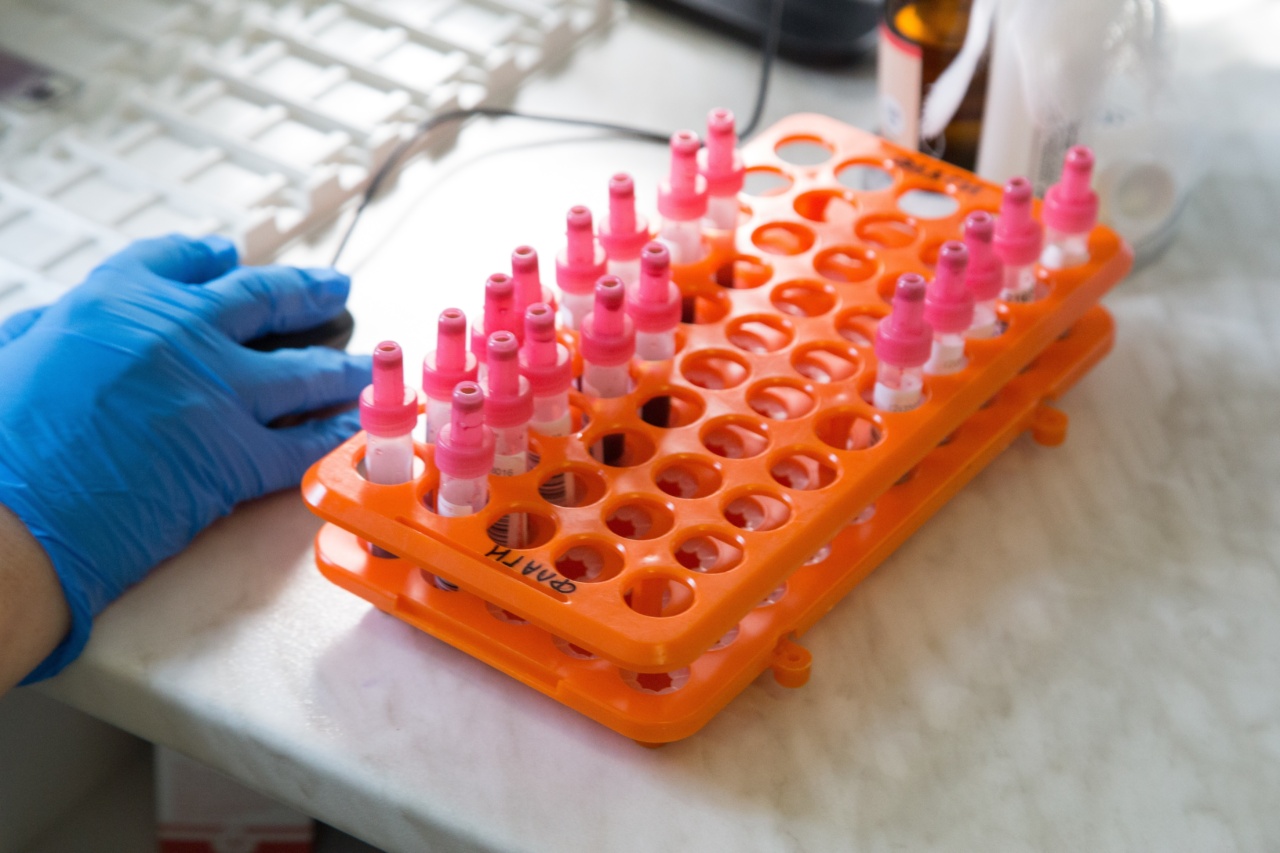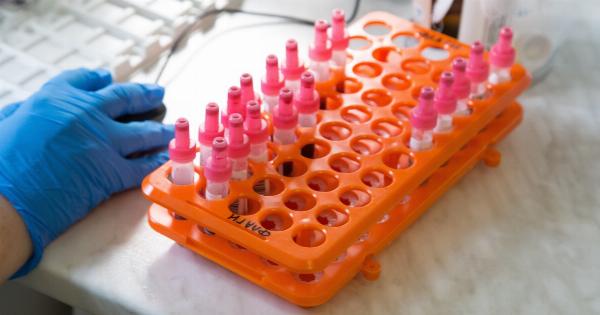Advancements in medical technology have played a crucial role in improving diagnosis and treatment of various diseases.
Roche, a leading global healthcare company, has recently introduced a revolutionary testing method for plasma samples and tumor tissue that has the potential to transform cancer diagnostics and treatment. This innovative approach, known as liquid biopsy, offers a non-invasive and more accurate way to detect cancer biomarkers and monitor the disease progression.
The Importance of Liquid Biopsy in Cancer Diagnosis
Cancer is a complex disease characterized by the growth of abnormal cells that can rapidly spread and invade other tissues.
Traditional methods of diagnosing cancer include invasive procedures such as surgical biopsies, which can be painful and may carry risks for the patient. Liquid biopsy, on the other hand, provides a less intrusive alternative by utilizing a simple blood sample or other bodily fluids to detect tumor-specific genetic mutations and other cancer-related biomarkers.
The Potential of Plasma Samples in Cancer Diagnosis
Plasma, the liquid component of blood, contains a wealth of genetic information released by cancer cells as they grow and undergo apoptosis.
By analyzing plasma samples, scientists can identify circulating tumor DNA (ctDNA) and other cancer-specific molecules, enabling early detection and monitoring of cancer without the need for invasive procedures. Roche’s testing method for plasma samples harnesses the power of liquid biopsy, providing a minimally invasive and highly sensitive approach to diagnosis and monitoring.
Enhancing Precision Medicine with Tumor Tissue Analysis
Tumor tissue analysis has long been an essential part of cancer diagnostics, providing crucial information about tumor characteristics and guiding treatment decisions.
However, obtaining tumor tissue samples often involves invasive procedures, and the analysis may not capture the tumor’s heterogeneity accurately. Roche’s revolutionary testing method for tumor tissue addresses these challenges by utilizing advanced genomic technologies to comprehensively analyze tumor DNA and RNA.
By studying multiple regions of the tumor, this approach provides a more accurate understanding of the tumor’s genetic profile, improving treatment selection and monitoring.
The Advantages of Roche’s Testing Method
Roche’s testing method offers several significant advantages over traditional cancer diagnostic approaches:.
1. Non-Invasive and Patient-Friendly
The use of liquid biopsy reduces the need for invasive procedures, making it more comfortable for patients while minimizing associated risks and complications.
2. Early Detection and Monitoring
By analyzing plasma samples for ctDNA and other cancer biomarkers, Roche’s method enables early detection of cancer and continuous monitoring of disease progression, facilitating timely interventions and more effective treatments.
3. Comprehensive Tumor Analysis
Through advanced genomic technologies, Roche’s testing method provides a comprehensive analysis of tumor tissue, enabling a deeper understanding of tumor heterogeneity and better treatment decisions.
4. Personalized Treatment Approach
By accurately identifying tumor-specific genetic mutations and other biomarkers, Roche’s method allows for a personalized treatment approach, tailoring therapies to individual patients based on their unique cancer profiles.
5. Potential for Minimal Residual Disease Monitoring
Monitoring minimal residual disease, which refers to the presence of small amounts of cancer cells that remain after treatment, is crucial for assessing treatment response and detecting disease recurrence.
Roche’s testing method offers the potential to accurately monitor minimal residual disease using liquid biopsy, avoiding the need for repeated invasive procedures.
The Impact on Cancer Diagnostics and Treatment
Roche’s revolutionary testing method for plasma samples and tumor tissue has the potential to revolutionize the field of cancer diagnostics and treatment.
By offering a non-invasive, patient-friendly approach to diagnosis and monitoring, this method significantly reduces the burden on patients without compromising accuracy. In addition, the comprehensive analysis of tumor tissue enables more precise treatment selection and monitoring, leading to improved patient outcomes and enhanced precision medicine.
Conclusion
Roche’s revolutionary testing method for plasma samples and tumor tissue represents a significant breakthrough in cancer diagnostics and treatment.
By harnessing the power of liquid biopsy and advanced genomic technologies, this approach offers a non-invasive, patient-friendly alternative to traditional cancer diagnostic methods. The potential for early detection, continuous monitoring, and personalized treatment selection has the potential to greatly improve patient outcomes and pave the way for precision medicine in the field of oncology.
























